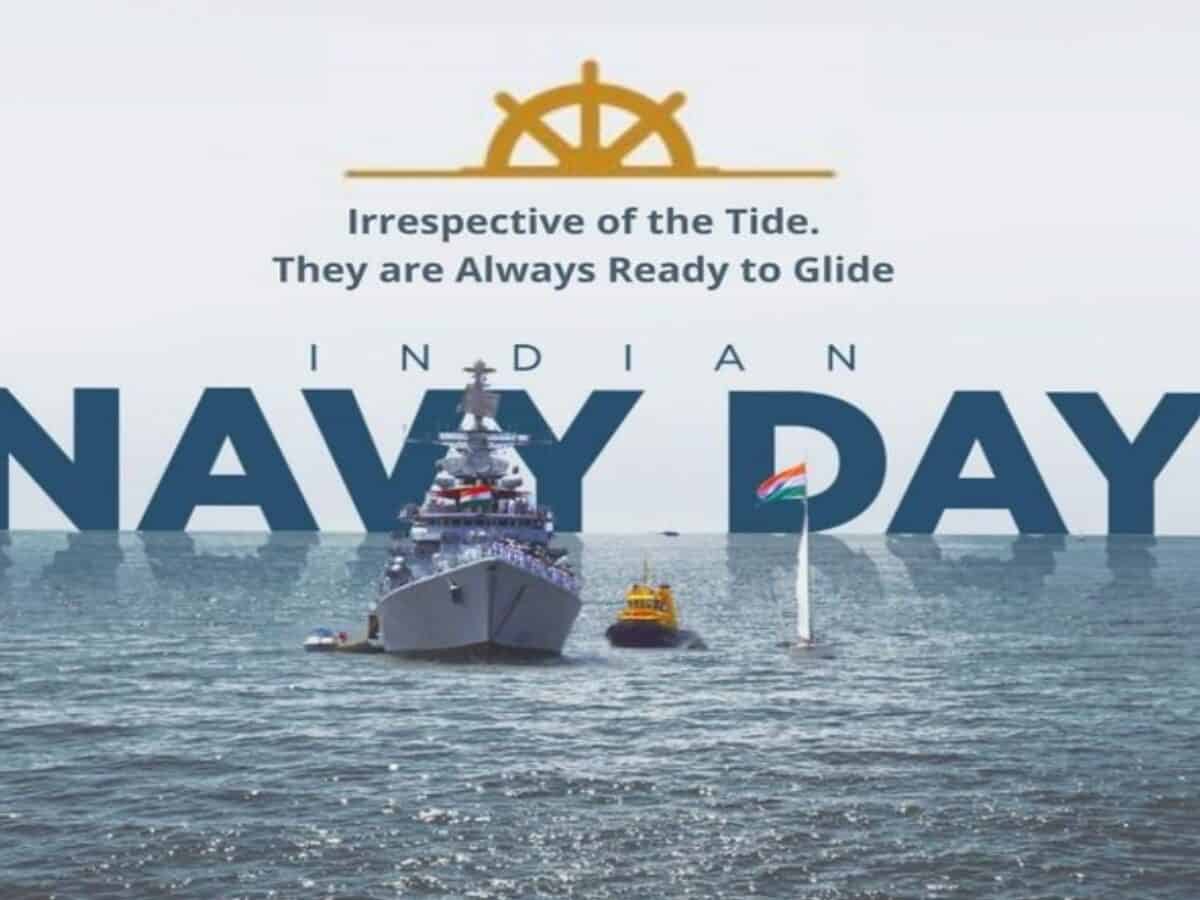The Indian Navy, established in 1612 as the East India Company’s Marine, celebrated its Foundation Day on Wednesday, highlighting its evolution into a formidable maritime force. Today, it stands as a key pillar of India’s defense strategy, safeguarding the nation’s 7,500 km coastline and asserting influence across the geopolitically vital Indo-Pacific region. Its rise from a coastal defense force to a blue-water navy is a testament to India’s strategic foresight and commitment to maritime security. The Indian Navy’s transformation is rooted in modernization and strategic vision. With aircraft carriers like INS Vikrant and Vikramaditya, advanced submarines such as the Arihant-class nuclear-powered vessels, and a robust surface fleet of destroyers and frigates, India has a credible deterrence capability. The induction of indigenous platforms underscores a focus on self-reliance through the ‘Make in India’ initiative, reducing dependence on foreign imports. Moreover, India’s strategic location in the Indian Ocean allows the Navy to dominate crucial sea lanes that carry a significant portion of global trade. Initiatives like the Information Fusion Centre for the Indian Ocean Region (IFC-IOR) enhance maritime domain awareness, strengthening India’s role as a net security provider. Collaborative exercises with the U.S., Japan, and Australia under the QUAD framework further bolster its interoperability and strategic reach.

Despite its strengths, the Indian Navy faces significant challenges. Budget constraints often curtail modernization plans, leading to delays in procuring critical assets. The goal of maintaining a 200-ship fleet by 2027 is ambitious but uncertain, given fiscal pressures. Additionally, the aging fleet requires faster replacements to maintain operational readiness. Compared to other regional powers, particularly China, India faces a capability gap. The Chinese Navy, with its larger fleet and rapid shipbuilding capacity, poses a challenge in the Indian Ocean. China’s growing presence through ports and bases, notably in Djibouti and Gwadar, raises strategic concerns for India. Logistics and maintenance also pose hurdles. India’s shipbuilding industry, though growing, struggles with delays and quality control issues. Infrastructure limitations at naval bases and shipyards affect fleet readiness and long-term sustainment. To maintain its edge, the Indian Navy must prioritize investments in indigenous shipbuilding, focus on cutting-edge technologies such as unmanned systems, and enhance strategic partnerships. Encouragingly, the government led by Prime Minister Narendra Modi has demonstrated a strong commitment to defense, evident in significant budget increases and a strategic shift in military policies. Yet, diplomacy and collaboration with like-minded nations will remain crucial to counter regional threats. In the evolving Indo-Pacific security environment, the Navy’s role will only grow more critical. Strengthening its capabilities and addressing weaknesses will ensure it continues to safeguard national interests and project power across the region.






